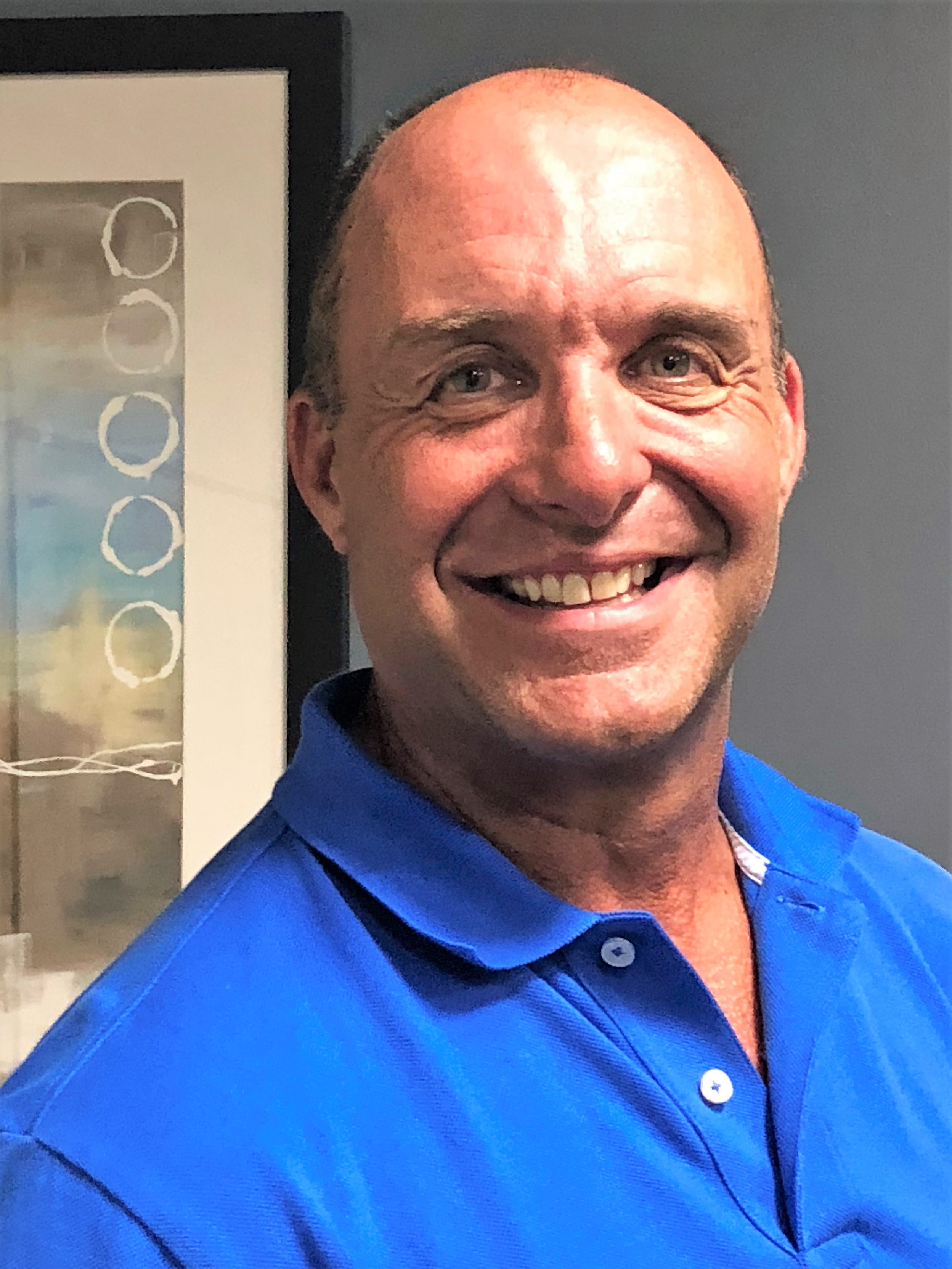
Being ready for startup requires a holistic approach to the entire process of implementing a sampling system. Make sure you’ve considered every step with these guidelines to getting ready for startup. These will help you establish a successful sampling program that will continue to ensure operator safety and equipment performance.
A new sampling system needs a well-planned startup and commissioning process to maximize the accuracy and extend the life of your investment. Sampling expertise ensures your equipment is brought online quickly and accurately while helping operators understand the intricacies of the system to maximize the life of your investment.
Work with your staff and a trusted vendor (including a service technician and a member of the sales team) to make sure you have complete start-to-finish services that will ensure a successful startup.
Guidelines for a successful startup
Evaluate the application.
Consult with your staff and vendor to ask:
- Is your sampler exactly what you need for your specific application?
- Can you add or remove features, so the sampler is better suited for your needs?
Thoroughly review any drawings with your team to answer these questions. Review demo equipment to ensure it can handle your application, and thoroughly analyze IOMs and spec sheets.
Evaluate sampler placement.
Make sure you are placing the sampler in the most advantageous spot within your process. This supports reliable and accurate results, and it ensures that operation is seamless for current processes.
Identify peripherally necessary conditions.
- Identify and account for any utility requirements, such as:
- cooling water
- nitrogen supply
- steam supply - If you need steam supply, it’s necessary to also establish a reliable steam loop with its own trap.
- Check upstream/downstream isolation valves. Not all aspects of your system will operate perfectly all the time, so it’s important to add isolation valves as back-up protection to your equipment and to provide proper isolation for maintenance.
- Check the flare system. For anything vented to flare, the flare system needs to be in good shape and have block bleed assembly at the sample point. This protection allows you to blow out the flare or drain the sampler. A check valve is also necessary to ensure you’re protecting equipment and performance, while giving you an avenue for service so your flare equipment is easy to maintain or fix.
Adequately check your equipment.
Conduct leak checks on the sampler and its connections and necessary valves to confirm that flow, results and function were as expected. It’s important to let the sampler run for approximately five minutes to get an accurate result and flush out any dormant elements in the lines.
Conduct startup commissioning and training after installation.
Startup and commissioning service offers trouble-free activation of your original or upgraded sampling system. Technicians ensure operation as designed through proper setup and calibration. These technicians should be factory trained and authorized on all leading brands of analyzers frequently seen in SWAS panels. Combined with on-site technical guidance for accurate operation and maintenance, startup and commissioning service will help to keep reliable performance available throughout the entire lifecycle of the sampling equipment.
Training ensures that your plant operators are familiar and comfortable with the panel. It’s critical to train any operators or subject matter experts so they can, in turn, train potential operators in the future. Training should be matched to your specific process to include operational best practices and reviewing pre-sample troubleshooting tips.
Perform routine maintenance.
Developing a reliable sampling program doesn’t end with implementation. Once a sampling program is in place, it requires a maintenance service program that will ensure operator safety and equipment performance. Maintenance and the technicians that perform it need to be viewed as an integral part of your startup procedure from the beginning to avoid malfunctions or breakdowns down the line.
Ready to learn more? Sentry ProShield Lifecycle Services help you establish and maintain safe, reliable and efficient sampling performance.




